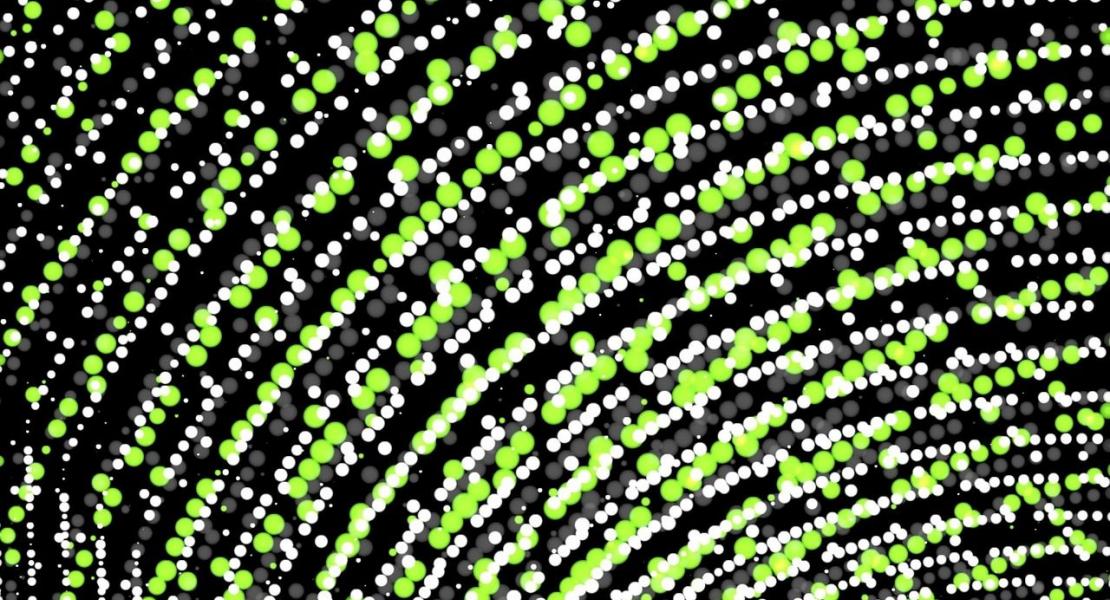A long noncoding RNA contributes to neuropathic pain by silencing Kcna2 in primary afferent neurons

Abstract
Neuropathic pain is a refractory disease characterized by maladaptive changes in gene transcription and translation in the sensory pathway. Long noncoding RNAs (lncRNAs) are emerging as new players in gene regulation, but how lncRNAs operate in the development of neuropathic pain is unclear. Here we identify a conserved lncRNA, named Kcna2 antisense RNA, for a voltage-dependent potassium channel mRNA, Kcna2, in first-order sensory neurons of rat dorsal root ganglion (DRG). Peripheral nerve injury increased Kcna2 antisense RNA expression in injured DRG through activation of myeloid zinc finger protein 1, a transcription factor that binds to the Kcna2 antisense RNA gene promoter. Mimicking this increase downregulated Kcna2, reduced total voltage-gated potassium current, increased excitability in DRG neurons and produced neuropathic pain symptoms. Blocking this increase reversed nerve injury–induced downregulation of DRG Kcna2 and attenuated development and maintenance of neuropathic pain. These findings suggest endogenous Kcna2 antisense RNA as a therapeutic target for the treatment of neuropathic pain.
